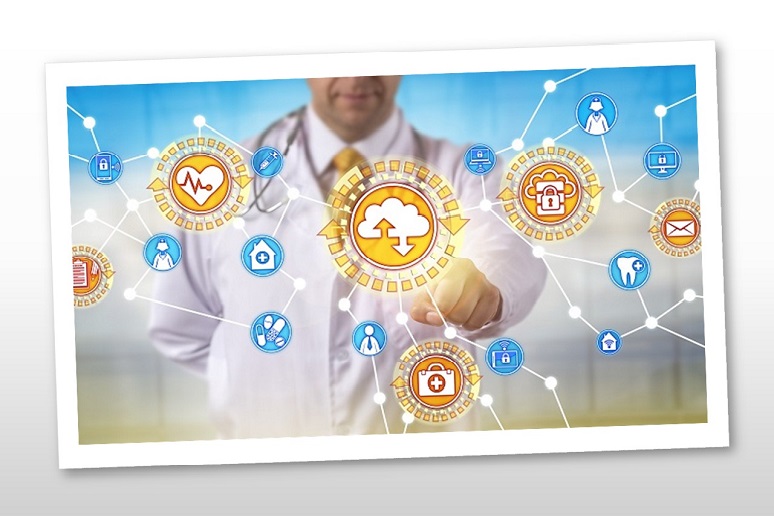Rochester Regional Health, a sprawling healthcare system in upstate New York, had been exploring ways to expand its use of cloud contact center service when COVID-19 hit. Almost overnight, the organization found itself, as many did, needing to accelerate its cloud migration plans.
For Rochester Regional Health, the need to fast-track its cloud strategy started to become apparent on March 16, just one day after technical operations managers returned from a site visit to Genesys regarding migration to the Genesys Cloud platform. That’s when call volume started skyrocketing and the push for work from home began.
Fortunately, the healthcare organization was well-positioned to accelerate its plans. For about six years, it had been running a “blended solution” with some locally hosted Genesys PureConnect Cloud, plus Avaya and other on-premises systems, supporting 25 distinct call centers. The environment was cumbersome. “We couldn’t even transfer calls from one hospital to the other without some issue occurring or call dropping,” described Robert Allen, manager of communication center technical operations, during
this Genesys podcast.
Given the complexity of running that blending environment, the tech ops team had already evaluated next steps and made the decision to consolidate onto the Genesys Cloud platform, Jason Zawodzinski, senior project manager of technical operations, told No Jitter.
From its centralized Patient Communications Center, Rochester Regional Health manages patient outreach, scheduling, billing, customer service, and nursing for nearly 90 facilities, including 66 primary care locations, five hospital locations, and eight senior living facilities. It has some 16,000 employees, including 2,300 medical staff and about 500 contact center agents, plus 2,500 volunteers across the system.
On that mid-March day, the center saw its first COVID-19-related spike in call volume — a 25% increase in a single day, Allen said. In addition, Rochester Regional Health needed to figure out how to get employees working from home. Being in the command center, Zawodzinski said he observed a constant thread on every call, and in every meeting, at least several times a day: “How do we get our employees working from home?”
Keeping pace with the WFH shift was a challenge. Many employees, including those in the surgical, cardiology, and orthopedic units, were supported via outdated legacy systems that didn’t support remote connectivity, Zawodzinski said. With everyone working remotely, and telehealth visits being more obligatory than elective, Rochester Regional Health knew the time had come to move quickly to Genesys Cloud. The tech ops team had to swivel quickly, and was able to move 275 to 300 users onto Genesys Cloud in a short timeframe, Zawodzinski said.
Consolidating on a cloud platform “just makes sense” given that more than 80% of the workforce is working remotely now, with “the majority of agents likely to remain teleworking in the future,” Zawodzinski said.
In addition, the cloud platform brings much needed improvements for contact center performance, he added. For one, agents no longer must repeat themselves due to poor line quality, for example, and the operations team has found that agents in the billing department have been able to shave 20 to 30 seconds of dialogue with customers, simply by not having to repeat themselves. “That’s big. We get the patient on the phone and allow that time for us to have a dialogue, as opposed to repeating yourself over-and-over,” Zawodzinski said.
For another, Rochester Regional Health can take advantage of the platform’s advanced skills-based routing to better distribute customer calls, emails, and chats to select pools of agents. Plus, the new platform allows agents to handle more than one email or chat at a time, we well as pause calls when taking patient details.
The initial rollout is complete, and the tech ops team is now focusing on migrating those users still on the Avaya on-prem system to Genesys Cloud, with plans to finish that phase two migration by May 2021, Zawodzinski said. Also, on the roadmap are workforce engagement and advanced analytics.
In the coming weeks, Rochester Regional Health has plans to open a sizeable critical care center. But given the environment that we’re currently living in, and the shift in how team members are working, Zawodzinski hinted that it might be the last brick-and-mortar facility the organization decides to build.









